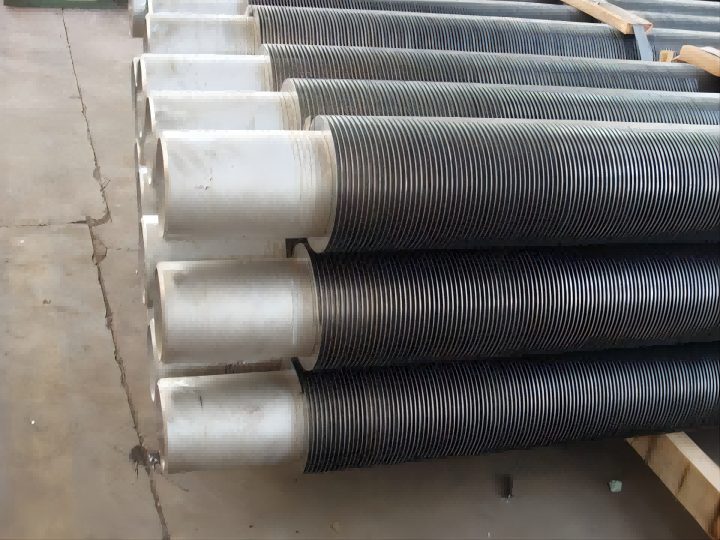
Is There A Difference Between Carbon Steel and Stainless Steel for Finned Tubes?
In order to better improve the heat exchange efficiency, the surface area (or internal surface area) of the heat exchange tube is usually expanded with the help of fins on the surface of the heat exchange tube, so as to achieve the ultimate purpose of improving the heat exchange efficiency.
Fin tube as a heat exchange element, long-term operation in the working condition of continuous high temperature flue gas, such as boiler heat exchanger fin tube application form is severe, high pressure and high temperature and located in corrosive gas, which requires fin tube should have high performance indicators: 1) corrosion resistance; 2) Wear resistance; 3) Low contact thermal resistance; 4) High stability performance; 5) Anti-dust level.
After adding fins to the base tube, what are the advantages compared with the light tube?
After adding fins to the base tube, it becomes a finned tube, which is relatively compared with the optical tube, then the total heat transfer area can be greatly increased, and then increase the heat transfer, and then improve the heat transfer effect. However, because of some limitations, the increase in heat transfer is not unlimited.
For finned tubes, in the raw materials, the use of carbon steel, stainless steel, is there a difference?
The raw material of the finned tube, in carbon steel and stainless steel, is definitely different. For carbon steel, the outer tube is far less beautiful than stainless steel, because it is relatively rough. Moreover, it is easily corroded by oxidation in the air. Therefore, its corrosion resistance is not equal to stainless steel. However, it also has some other advantages. Therefore, how to choose should be determined according to the specific situation and needs.
The maintenance of the fin tube needs to ensure that there is no detail, regularly check whether the fin tube is sound and perfect, whether there is sediment, coke, rust layer and other scaling and adhesion, and timely clean. At the same time, it is necessary to check whether the adhesive of the fin tube and the rubber washer is tight, and the rubber washer itself is intact, so as to avoid the leakage caused by the rubber washer degumming and damage.
